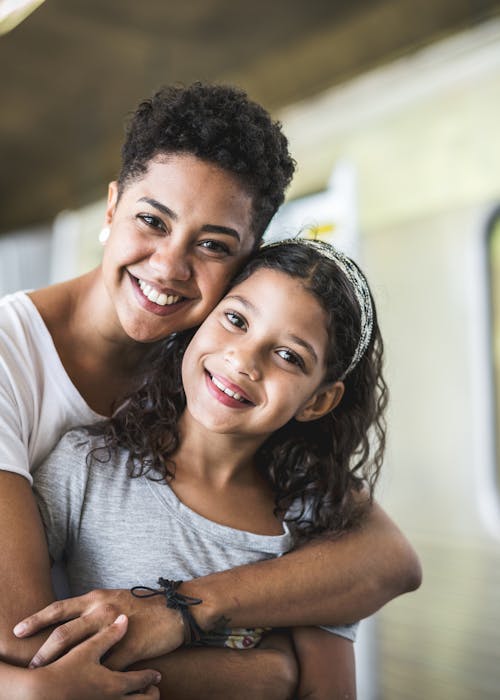

With numbers surging in shelter system, families with children must be affordable housing priority
Insights
December 4, 2019
The following Op Ed was published in the New York Daily News on December 2nd on behalf of The Family Homelessness Coalition. To learn more about the efforts underway to end family homelessness in New York City, visit the coalition’s website at fhcnyc.org and follow FHC on Twitter.
There are 114,085 students living in New York City without a home of their own. They wake up every day in a shelter, move every 30 days between hotel rooms, or live doubled up with family or friends.
Get your head around that number: 114,000. It’s one out of every 10 students in our school system, a population larger than New York State’s capital city.
Imagine if your child spent each night sleeping in a shelter unfamiliar to her or crammed alongside her family in a single hotel room, forced to travel two hours to school each day. If she wrote book reports and studied multiplication tables on the subway because it was quieter than the overcrowded apartment she returned to, doubled up with another family. If her daily life had no consistency — where she slept, went to school, what local community she lived in — changed frequently and, as change came, all of her belongings were carried with her in a small plastic bag.
It is nearly impossible for a child to learn and grow under these living conditions.
Homelessness in New York City goes far beyond what you see on the streets and subways. Women and children represent roughly 70% of the New York City shelter population, and the numbers are not budging. There are nearly a third more families with children in our shelter system today than there were in 2013.
Most of these families are headed by a single mom of color, a result of a long line of systemic injustices and inequalities. Many are fleeing domestic abuse to protect their children and themselves.
These children — half of whom haven’t yet reached their sixth birthday — are more likely than their peers to return to shelter as adults. This generational cycle of homelessness won’t be stopped by simply adding additional shelter beds. Truly reversing current trends requires bold, multi-pronged solutions: expanding affordable housing options, preventing housing instability, and improving shelter conditions so that a shelter stay does not dictate destiny for a child.
Curbing family homelessness may require providing shelter, but it neither starts nor ends there. Creating affordable, permanent housing options and connecting New Yorkers to the resources they need to ensure long term stability and family well-being is key.
To that end, the city must set aside at least 15% of all affordable housing units built for homeless New Yorkers.
In addition to affordable housing, at-risk families need vital support services that prevent them from ever having to enter a shelter in the first place, or ensure they do not need to return once they leave. It is all too common that families leave shelter only to find themselves back there within the year.
The city must increase investment in early prevention before a crisis strikes and assertively connect children and families to rental assistance, mental health care, health and nutrition programs, early education, after-school and summer programs and employment training, among others.
Connecting families to these resources helps prevent housing instability and reduces the social isolation that often accompanies episodes of homelessness. Doing so also saves taxpayer dollars in the long run.
And when shelter is unavoidable, families with children deserve facilities equipped to meet their needs. The city’s reliance on hotels — which offer stripped-down, single-family rooms with the barest resources — is akin to a natural disaster. Families need to be able to access healthy food, laundry facilities and social supports.
We can no longer turn a blind eye to the unjust conditions faced by New York’s children experiencing homelessness and housing instability. Family homelessness is a solvable problem, but the city cannot make meaningful progress without a holistic plan targeting the systemic drivers of housing instability and providing key prevention and neighborhood supports.
Imagine if these were your children, because they are. They are all of our children.
Rodriguez is a leader of The Family Homelessness Coalition and the associate executive director for policy and advocacy at Citizens Committee for Children.





